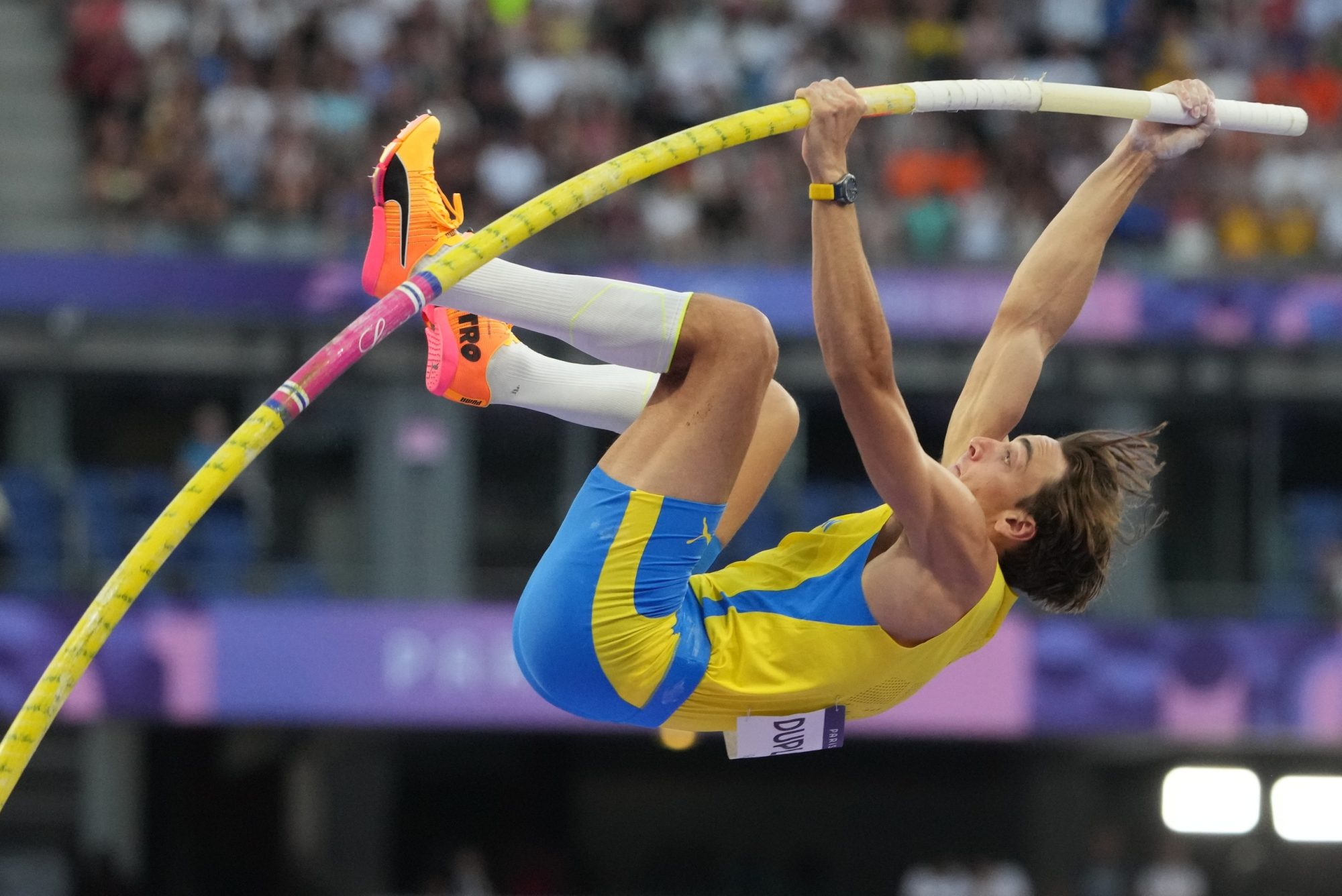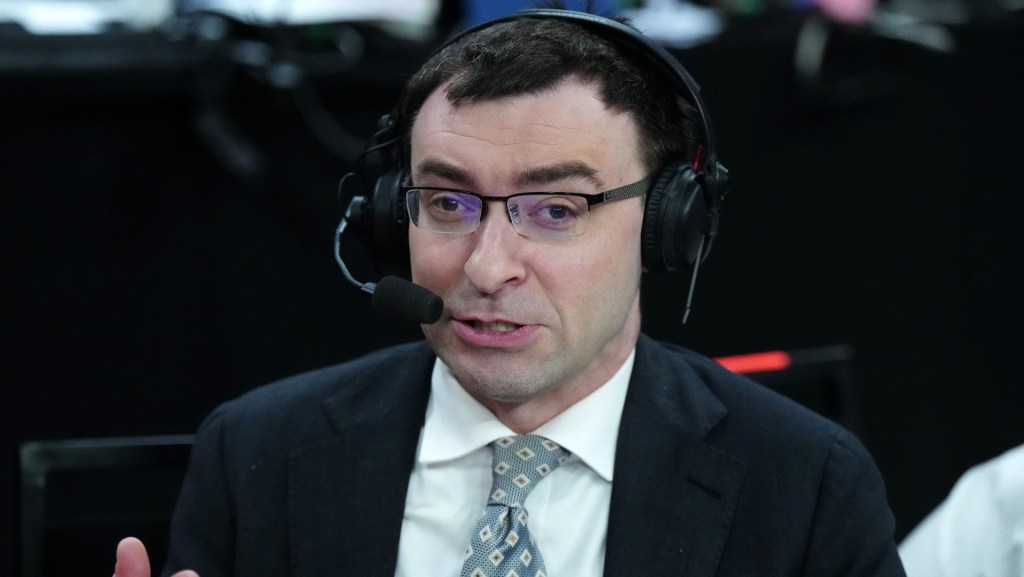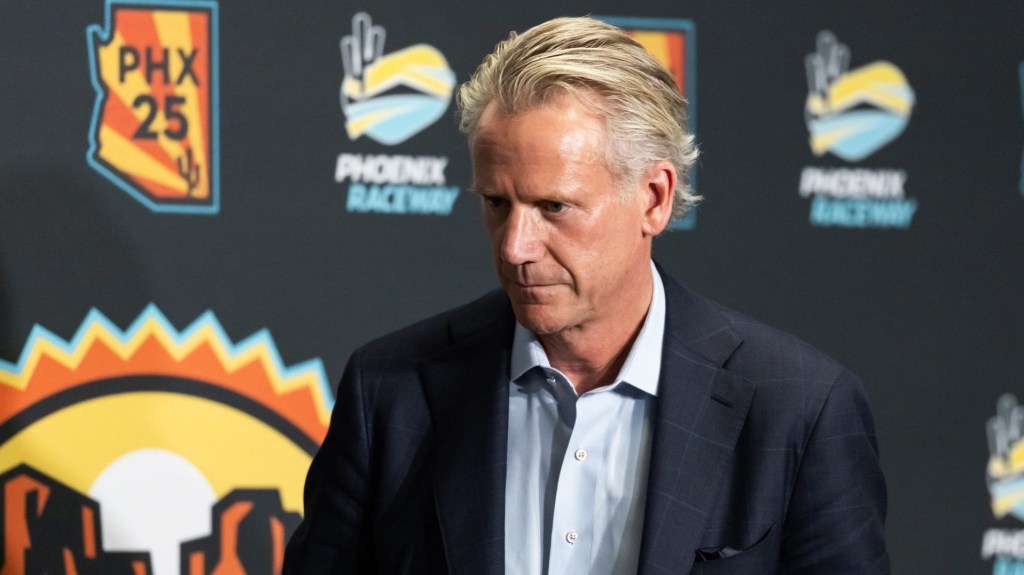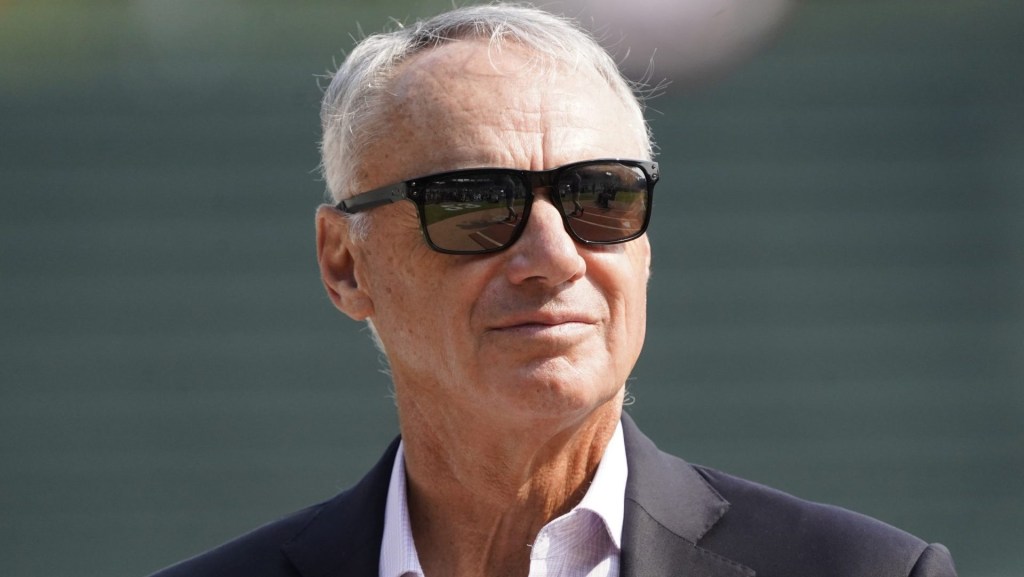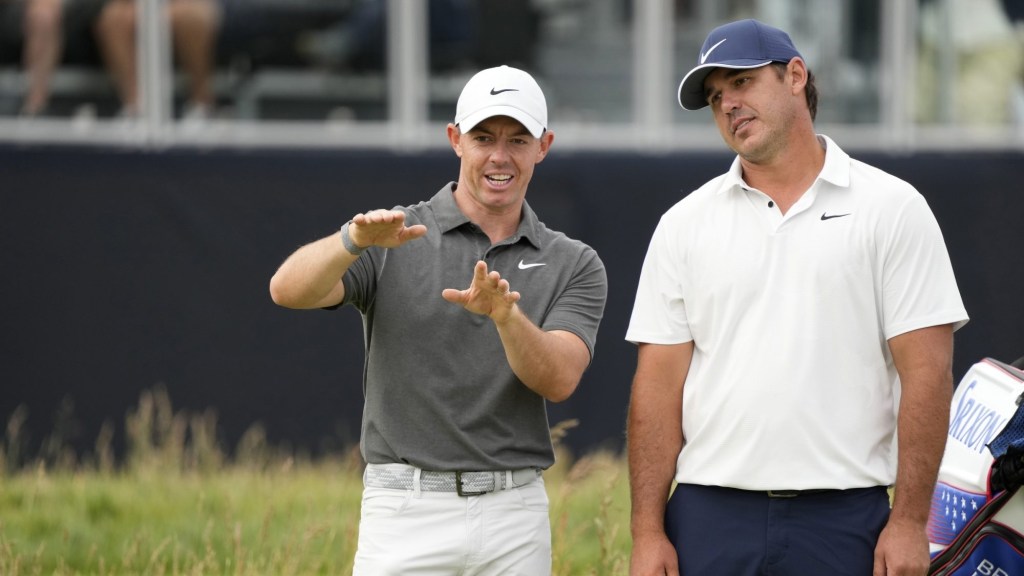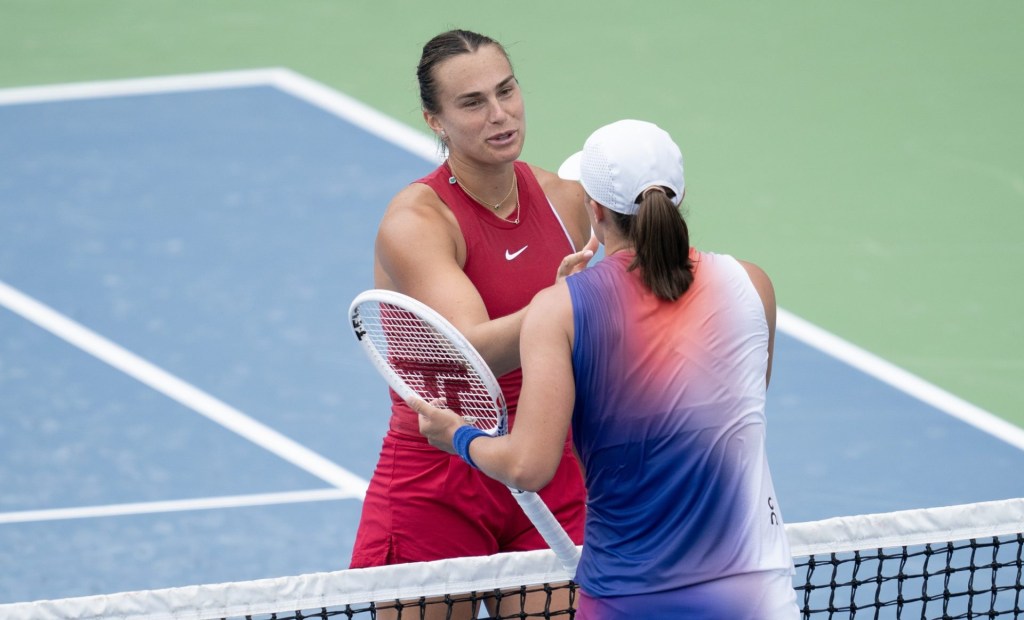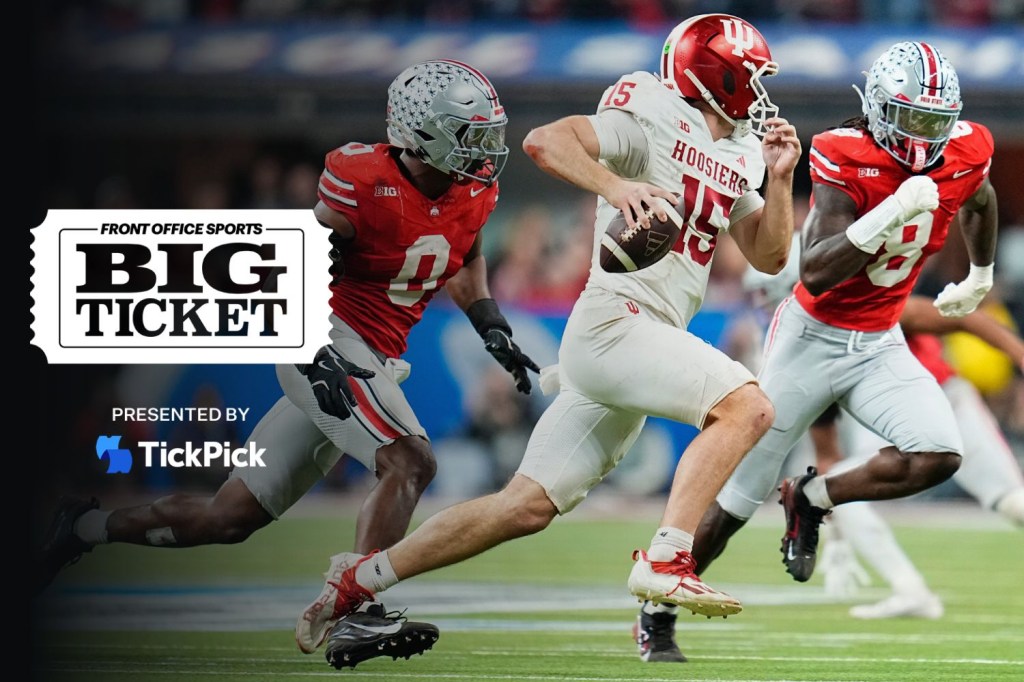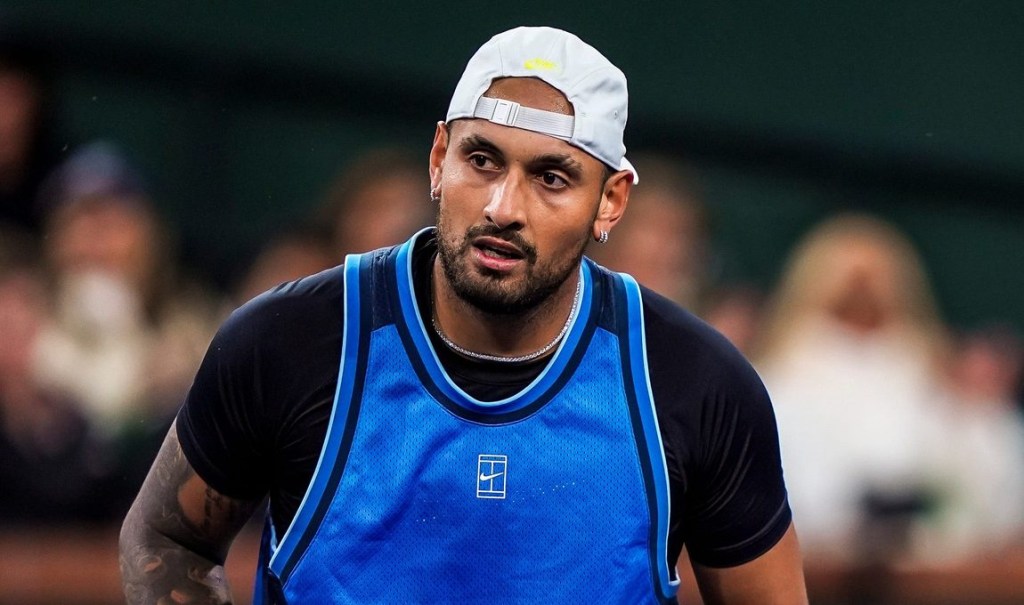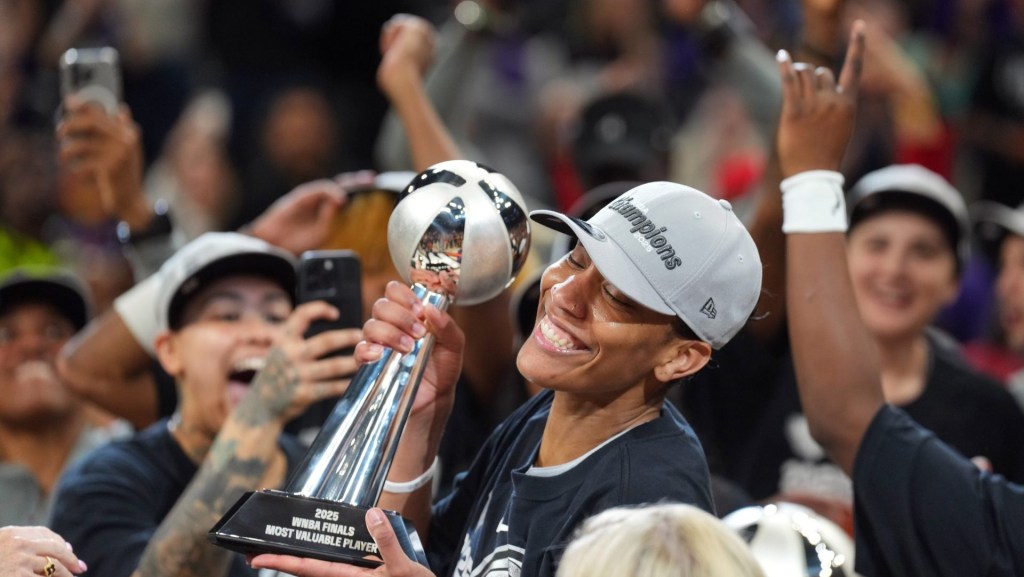PARIS — For 27 minutes Monday night, something happened inside the Stade de France that almost never does in track and field.
The night’s schedule of races on the Olympic track had long finished. But the crowd of 77,000 fans stayed in their seats past 10:20 p.m., transfixed by a field event.
The only athlete still competing was Mondo Duplantis, the Louisiana-born pole vaulter who represents Sweden. He had already clinched gold and the Olympic record, and now it was time for an encore. He cleared the bar set at 6.25 meters—more than 20 feet—setting a world record for the ninth time in his decorated career. The delirium in the stadium easily rivaled the scene for the men’s 100 meters, the sport’s glamour event, the night before.
It was an outlier. Though jumpers and throwers have long grown accustomed to competing on the periphery of major meets around the world, they have felt increasingly cast aside in recent months to the point of feeling excluded altogether. The sport’s name suggests a union: track and field. Yet within the sport, officials, athletes, and more wonder whether market forces are pushing both sides toward a divorce or, at the very least, a future that looks different from its past.
In April, the wealthy investor Alexis Ohanian and the now Olympic gold medalist Gabby Thomas unveiled a lucrative new track meet for women only. Also, for track athletes only.
U.S. long jumper Tara Davis-Woodhall, who won gold in Paris Thursday, tweeted at Ohanian to ask whether she could take part.
Ohanian began his reply with almost an apology. “Don’t be mad,” he wrote. “We’re not doing field events for this.”
Duæl Track, a new bracket-style, head-to-head track competition coming in 2025, has promised a $1 million pool of prize money and will start with only 100-meter and 1-mile races.
In June, throwers and jumpers again learned they need not apply when the iconic sprinter Michael Johnson unveiled Grand Slam Track. The four-meet series set to begin in 2025 will offer $12 million in prize money its first year alone—but isn’t open to field events. Johnson has said field events are harder to build storylines around. Even Carl Lewis, the four-time Olympic long jump champion, said at Grand Slam’s unveiling that “track events are clean, and field events are more complicated.”
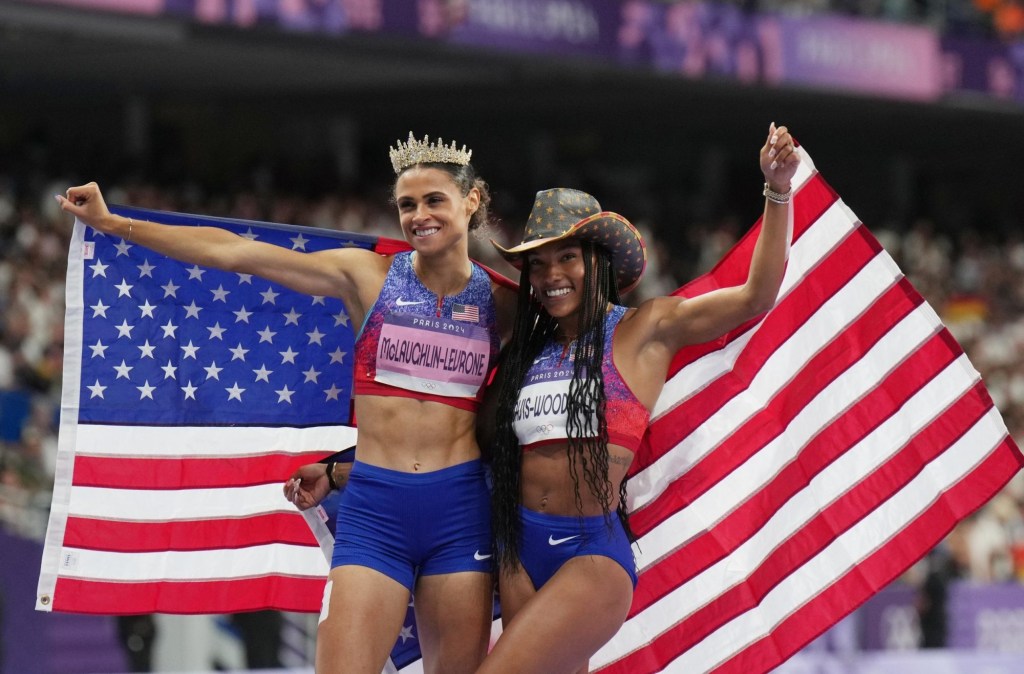
That was a “low blow” to Marquis Dendy, a star long jumper who told Citius Mag this summer that the narrative “makes me feel really, really disrespected.” Earlier this week, Valarie Allman became the first U.S. woman to repeat as Olympic gold medalist in the discus. She told Front Office Sports on Monday that track-only meets were “definitely disheartening.”
Tom Walsh, the three-time world champion shot-putter from New Zealand, has seen the fault lines growing over his decade-long career.
“I’m one of the best shot-putters of all time,” Walsh, a two-time Olympic bronze medalist, tells FOS. “I’m not sponsored. So what does that tell you about our sport? It definitely is splitting a little bit. There’s definitely more stuff going for sprints and distances—people love that s***, so of course they deserve it.”
On a dais in a downtown Paris press conference last week, Sebastian Coe, the former middle-distance gold medalist who leads the sport’s global governing body, said World Athletics had a commitment to developing track and field events with “equal status.” But he also said it’s not his role to dictate how anyone spends their cash in a sport starved for it. Maybe, he says, field events need to tweak their formats.
“Innovation is as important in the field as it is in track,” Coe said. “So there are no sacred cows here.”
An early litmus test is coming. In September, World Athletics will test four long jump alterations, chief executive Jon Ridgeon tells FOS. They include allowing jumpers to take off legally from a “zone,” rather than from the traditional eight-inch board; using technology to display results as quickly as possible; speeding up the competition; and perhaps limiting the number of athletes who should advance through each round. Typically, the athletes in a large field take three preliminary jumps apiece and the top eight go on to a final.
World Athletics received blowback last winter over the takeoff zone idea, but Ridgeon says none of the changes would stick unless it tests well.
“We’re just saying, look, the rules were created 150 years ago,” he says. “It’s a dereliction of duty for us if we don’t at least look at new technology and can we make it better?”
In the field events, athletes don’t compete against one another simultaneously. Stadiums do a poor job displaying standings. Everyone involved wants more drama, the kind that’s palpable watching two runners duke out a race to the finish line.
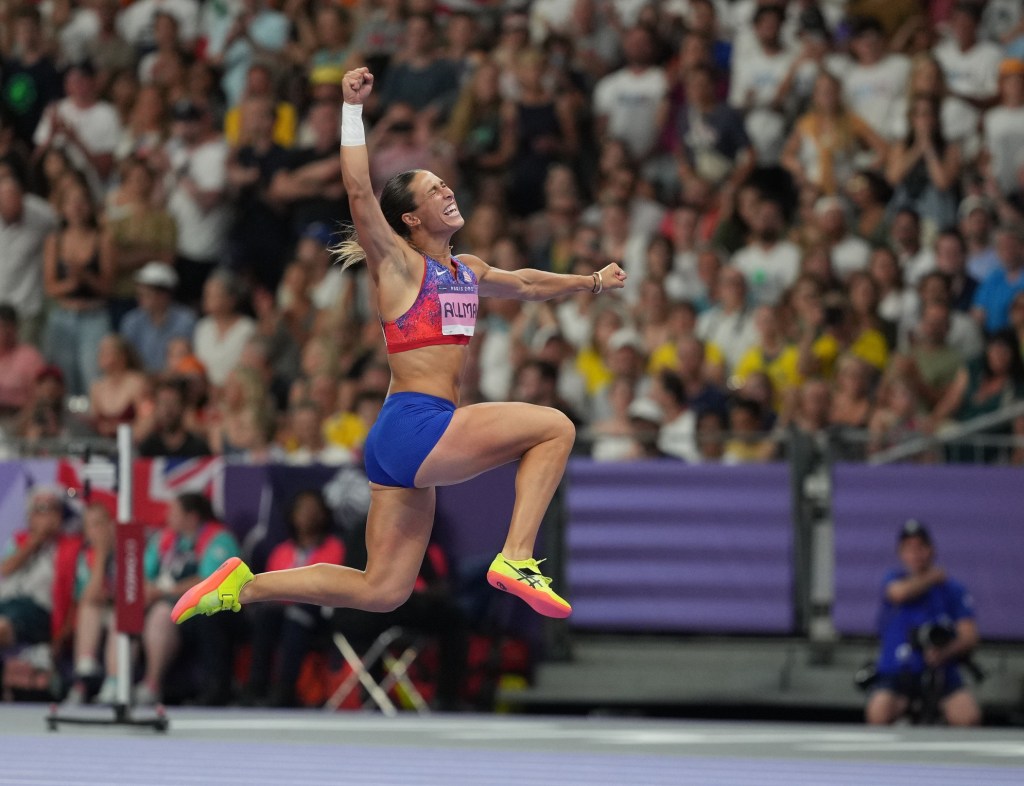
Walsh, the New Zealand star, isn’t precious about keeping the shot put in its current form of three preliminary throws, followed by three more in the final.
What if shot put operated like the high jump, where competitors would advance only if they threw beyond a certain distance? What about a head-to-head bracket? To Walsh, it is disingenuous to hear some say, “There’s nothing wrong with our sport,” he says. “Something clearly is.” It is why he believes field events have to create opportunities for themselves if others won’t.
“We need to take it to the people more, and I think we can’t be all sorry for ourselves in the field events,” Walsh says. “I think it’s great there’s more money [from new competitions], I can’t stress that enough. And I think as a group we’ve got to kind of grow a pair of balls. … What are we gonna f***ing do to get more people entertained?”
Naturally, he’d love to sit down with Johnson to ask how shot put could be involved as a “sideshow.” Joe Kovacs, a three-time shot put Olympic silver medalist, thinks similarly. He wants to stage a shot put at strongman competitions like the Arnold Sports Festival, the annual Schwarzenegger homage held in Ohio, not far from where Kovacs trains under the coaching of his wife, Ashley. To Kovacs, it is obvious an audience like the Arnold would relate more to shot-putters than, say, a weekend 5K runner sitting in the stands.
“There is a way to do some events outside of the track,” Kovacs tells FOS. “And then bring viewership back to the track.”
Jesse Williams, the founder of the Santa Monica–based organizer and promoter Sound Running tells Front Office Sports that the reason his meets don’t have field events is simple: It’s good business.
In March, Sound Running hosted The TEN and produced eight Olympic qualifying times in the 10,000 meters. Williams was able to pull it off while needing to pay only one USA Track & Field–certified starter and a few official timers. Events that require more officials, like the hurdles and field events, cause costs to pile up quickly.
He thinks reimagining field events as “boutique experiences,” such as holding a pole vault competition on Santa Monica’s 3rd Street Promenade, would create more appreciation for field events’ athleticism.
“That’s the toughest part: These stadiums do not do field events justice,” Williams says. “And I think that’s why you’re seeing this separation.”
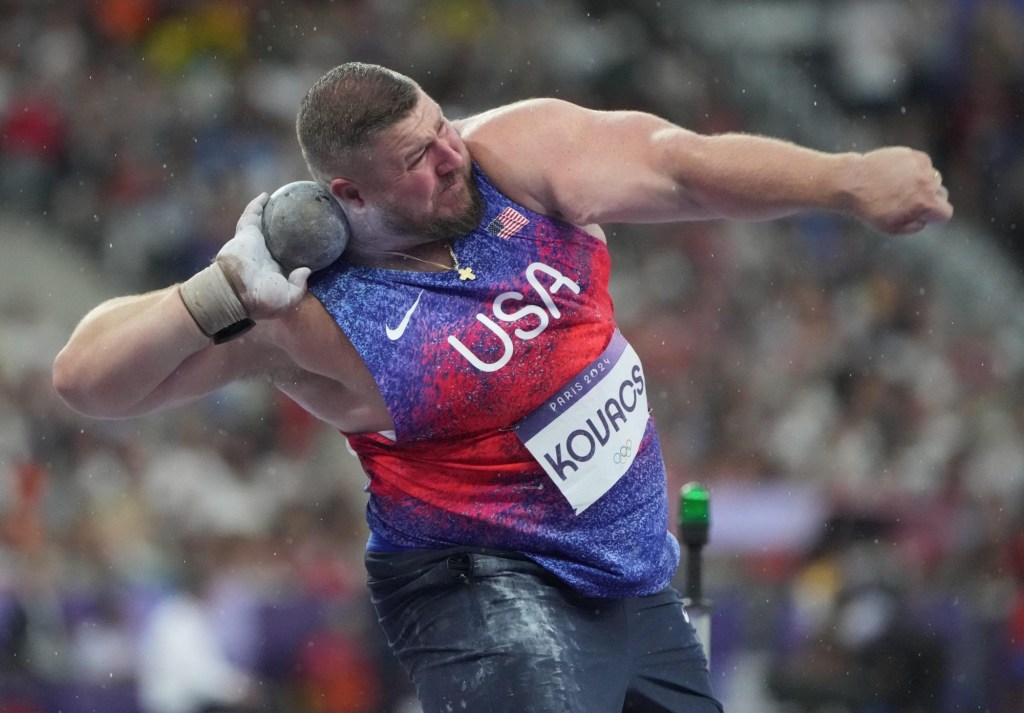
Justin Gatlin, the 2004 Olympic 100-meter champion, also thinks track and field could diverge, but he doesn’t view it as a bad thing.
“Because now it gives the events identity,” Gatlin says. “Look at jumps, Tara Davis-Woodhall can jump almost the length of a whole school bus,” Gatlin said. “That’s amazing. So I think if we put certain events into perspective of where it will wow the crowd and translate that way, I think it’ll take track and field to a different platform.”
Field-event athletes were already feeling the squeeze on the sport’s most prestigious circuit. They generally get about half the opportunities to compete in the Diamond League as their sprinting and running counterparts.
Grand Slam has promised an annual base salary and access to group licensing revenues to 48 athletes it contracts with to race in, and promote, the league. That doesn’t include prize money, which starts at $100,000 for first place. Lewis, the Olympic champion in the sprints and long jump who has endorsed Grand Slam, said the new circuit had simply aligned with “the reality right now is you follow where the money is.”
If reimagining field events will benefit the next generation of jumpers and throwers, then it will have all been worth it, said Jasmine Moore, who on Sunday became the first U.S. woman to earn an Olympic medal in the triple jump. Still, “it’s a little frustrating whenever you have so many great talents in the field events to just kind of be under-appreciated,” Moore said. “USA [field] athletes have come out with a lot of sponsorship issues or just things like that that I think a lot of sprinters take for granted,” she said.
Even sprinters who stand to benefit see an uncertain future for their field-event peers.
“We’ve got to find ways for the field events to make money as well,” said the Canadian sprinter Andre De Grasse. “And maybe it’s a thing where we have to split it up. Maybe track has to do this and field has to do that. But I think as long as both parties can get the best out of it, I think that’s the main objective. I don’t know how.”
When Ohanian tweeted at Davis-Woodhall in the spring, he mentioned he hoped to connect with her to share ideas. Davis-Woodhall, who often wears cowboy hats and dances on the runway and has nearly 400,000 TikTok followers, has long figured out how to connect with a crowd. After qualifying for the Olympic final Tuesday morning in Paris, Davis-Woodhall said her manager had, in fact, spoken with Ohanian. She hoped her performance would speak for itself.
“I think I showed the world that long jump and field events have a place in track and field,” she said. “It’s track and field, for a reason.”
